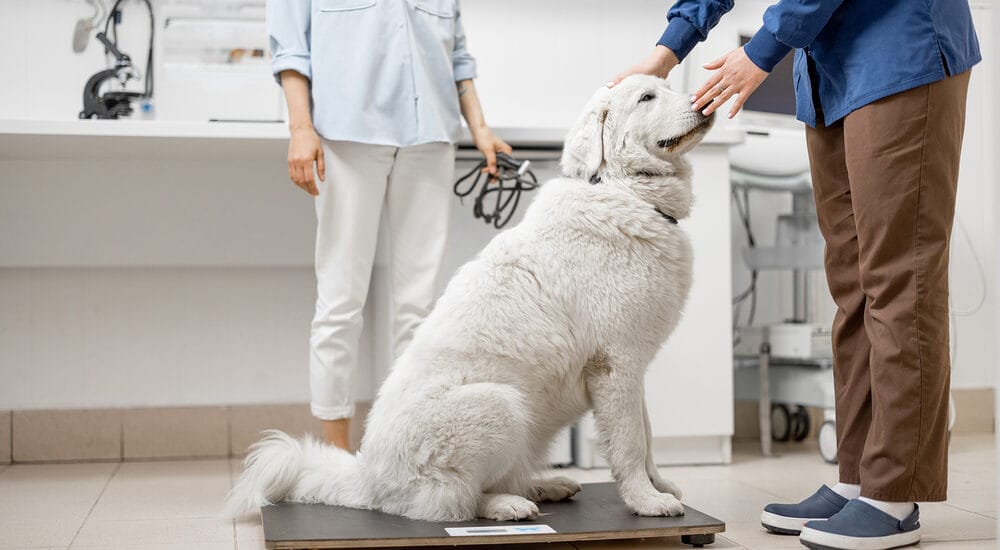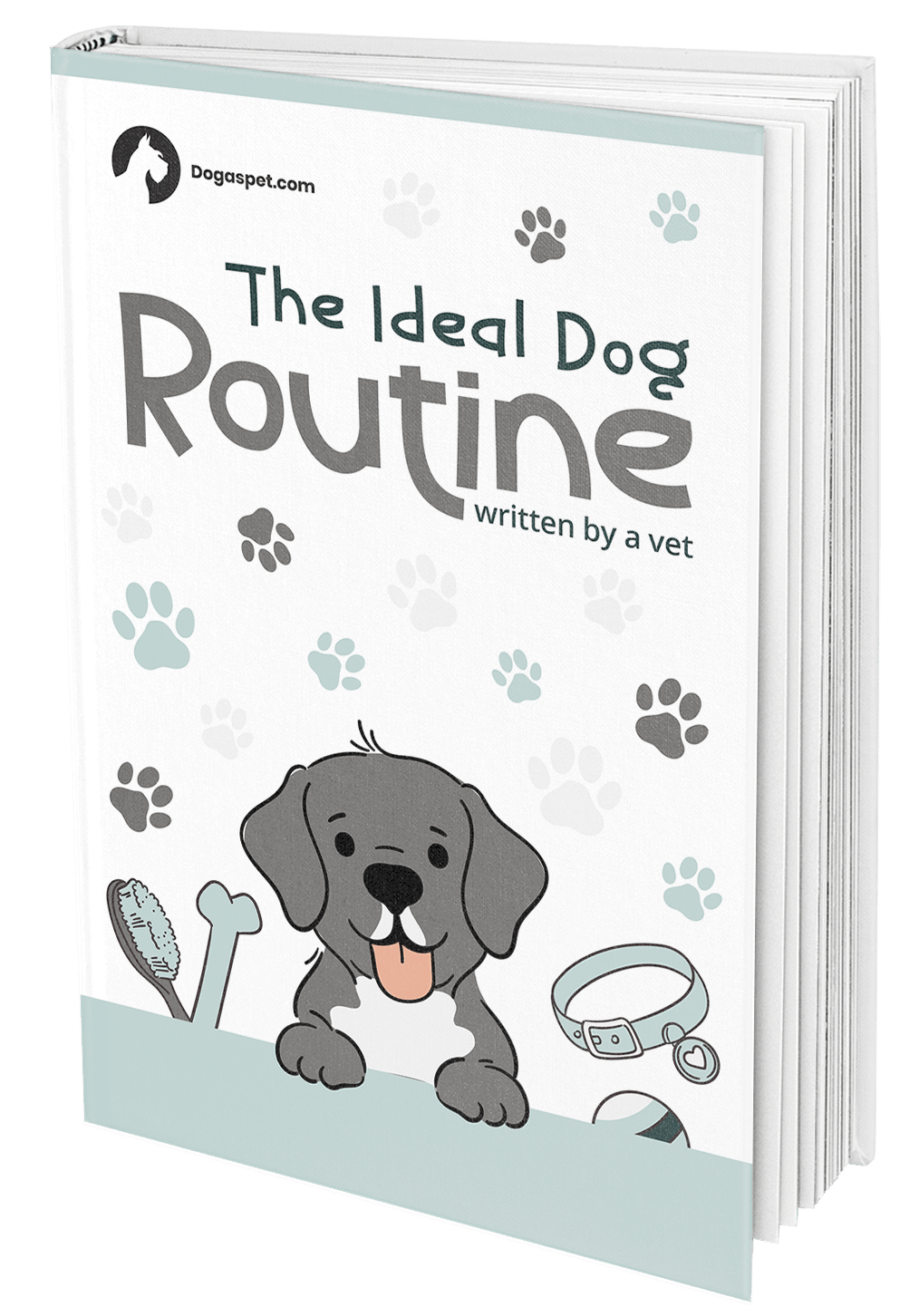
What’s the big deal about essential oils for dogs? Do canines receive the same benefits as humans do from these miracle liquids, or are there hidden risks we should be aware of?
As most of us know, a dog’s sense of smell is much more heightened than ours, so we have to be careful what we subject them to.
Essential oils are more than just magic sweet-smelling goodness, there are also some not-so-great aspects we have to keep in mind.
Which are toxic and which should we cautiously avoid?
28 Toxic Essential Oils for Dogs
There are numerous potential dangers of subjecting our beloved fur babies to certain essential oils. While studies still need to be conducted in this space, there is no doubt that these oils have gained popularity and become useful additives to traditional treatments. However, it’s more than crucial to keep an eye out for ones that can pose harm to our four-legged companions.

From ylang ylang to cinnamon, here is a comprehensive list of what you should avoid:
Essential oils that are toxic for dogs:
- Anise
- Birch Essential
- Cajeput
- Camphor
- Cassia
- Citrus
- Cinnamon
- Eucalyptus
- Grapefruit
- Hyssop
- Juniper Berry
- Lemon
- Lemongrass
- Litsea
- Nutmeg
- Oregano
- Patchouli
- Peppermint
- Petitgrain
- Pine
- Rosemary
- Sweet Orange
- Tea tree
- Thyme
- Valerian
- Violet leaf
- Wintergreen
- Ylang ylang
Additional Oils That Are Better to be Avoided
The above oils are ones that we should definitely avoid. Although there may be differing opinions about how much to use to be safe, there are more arguments stating that they are more likely to cause harm.
Now, there are also the ones below that lack sufficient research on their effects on dogs. Until we have more studies to provide concrete answers, it’s better to steer clear of them just in case. After all, the health and well-being of our pooches should always be our top priority. As they say, it’s better to be safe than sorry!
12 Symptoms of Essential Oil Poisoning in Dogs
Essential oil poisoning can occur if concentrated or excessive amounts are inhaled, ingested, or applied directly to dogs. There are benefits from oils such as lavender that is widely considered safe and advantageous for dogs, but even it can cause health problems if too much is used.
What exactly does essential oil poisoning look like? Identifying the symptoms and knowing what to look for can help you take critical action right away. These are the top ones to look out for in no particular order:

Symptoms Of Essential Oils Poisoning
- Gastrointestinal upset
- Respiratory issues
- Skin irritation
- Lethargy or weakness
- Excessive drooling
- Tremors or seizures
- Incoordination
- Heart rate changes
- Agitation or mood swings
- Eye and nose irritation
- Paw licking or pawing at the mouth
- Excessive thirst

Gastrointestinal upset
Vomiting and diarrhea are the top indicators that something is amiss with your dog. Gastrointestinal upset can happen if your dog comes into contact with certain types of undiluted essential oils or ones in excessive amounts.
Remove your dog from more exposure to the essential oil and monitor him further. Sometimes dogs start to feel better after getting it out of their systems.

Respiratory issues
Breathing problems are more likely to happen if your dog inhales copious amounts of harmful essential oils. Symptoms such as coughing, and difficulty breathing are very concerning and examined by your vet.
If breathing problems arise, move your dog outside or to a well-ventilated area and see if the situation improves. If not, head to the emergency room right away.

Skin irritation
Irritated areas on the skin can happen if too much of the unsafe essential oil is applied topically. You may see redness, swelling, and itching.
Wash the affected area with clean water or very mild soap. Make sure to avoid using any essential oils afterward.

Lethargy or weakness
Essential oil poisoning can also manifest in the form of muscle weakness or general lethargy. You could notice a decrease in energy, uncharacteristic tiredness, and your dog may even have difficulty standing.
If your dog seems more tired than usual and you know for a fact there has been essential oil exposure, monitor your dog to see if he displays any other symptoms. Make sure your dog gets plenty of liquids and keep him comfortable. If the situation persists, seek vet help immediately.

Excessive drooling
In response to the essential oil, your dog could pant and drool excessively. If you notice unusual drooling that’s not weather related, then monitor your dog for other symptoms as well to be sure.
Be sure to remove the irritating oils from your dog’s presence and see if the drooling stops. If not, head over to our trusted vet to get your pup checked out.

Tremors or seizures
This can be scary to see, but ingesting a large amount of dangerous essential oils could impact your dog’s nervous system. Tremors and seizures can happen, and if they do, you should rush your dog to the emergency room.
If your dog is experiencing tremors or seizures, make sure he is in a safe area and away from potential hazards. Do not try to restrain your dog. Instead, give him space and call your vet immediately.

Incoordination
Uncoordinated movements can also happen where your dog struggles with basic movements in the case of essential oil poisoning.
The same should be done as above if you see your dog have trouble with coordination. Make sure he is away from harmful obstacles and call your vet.

Heart rate changes
Heart rate changes in your pooch may not be visually detectable, but it is often coupled with excessive panting. Heart rate changes, or arrhythmia, could be rapid, slow, or irregular heartbeats.
If rapid or irregular heart rates are the issue, make sure to remove the essential oil from the environment and call your vet immediately.

Agitation or mood swings
We’re never happy when we’re feeling ill, and the same goes for your dog. You may feel that your dog is agitated, depressed, or restless, all of which can be symptoms of essential oil poisoning.
Create a calm and quiet environment for your agitated dog. Make sure he has plenty of access to water and remove the stimuli.

Eye and nose irritation
If essential oils come into contact with your dog’s eyes and nose, it can cause irritation, redness and watering.
If you notice redness, swelling, a runny nose, or tearing, flush out the affected area with clean water and see if your pup feels better.

Paw licking or pawing at the mouth
Dogs can also exhibit irritation to essential oils the same way they do to allergies, which is licking or chewing at the paws and pawing at the mouth.
Paw licking or pawing at the mouth can be symptoms on their own, but they often accompany other ones on our list such as drooling, agitation, and skin irritation. Make sure to monitor the behavior and eliminate exposure to essential oils.

Excessive thirst
Another common negative side effect of essential oil poisoning is excessive thirst due to dehydration.
Thirst can happen for various types of poisoning, including ingesting human foods that are poisonous to dogs. Make sure your dog has access to fresh water. If he is still thirsty or unable to drink, contact your vet immediately.
Treatment for Essential Oil Poisoning in Dogs – Do’s And Dont’s
Even if your dog is showing mild symptoms, it’s better to understand what steps to take before you’re able to get vet care. Knowing what to do can also greatly increase the chances of a positive outcome, even for more severe cases.
Do’s

Contact your vet

No matter what, it’s imperative to make your vet aware of the situation. Even if the vet believes the exposure isn’t lethal and is something you can manage at home with guidance over the phone, it’s always better to be safe.
Your vet may ask you to bring your pooch in for treatment where activated charcoal may be administered to prevent further absorption of the toxins. Various tests will likely be done to figure out the extent of the essential oil poisoning and your vet will undertake symptomatic treatment depending on the severity.

Make your dog comfortable
Your dog is already feeling unwell and even scared, so do what you can to make your fur baby as comfortable as possible. Make sure to keep your pooch in a space that’s well-ventilated and safe.

Prevent further exposure
Be sure to remove the essential oil or keep your pet away from the affected area.
Dont’s

Induce vomiting
It may be instinctive to induce vomiting in your dog to get the toxins out, but we would advise against this. Unless instructed or done by your vet, inducing vomiting could be dangerous as some essential oils could become acidic if brought back up.
Difference Between Diffusing Oils and Applying Topical
Diffusing the essential oils and applying them topically are two primary methods of using them, both bringing different benefits. Diffusing is to disperse the oils into the air where it is taken in via inhalation. This method promotes aromatherapy and emotional benefits. Diffusion is also considered the safer way to apply essential oils.

Administering the oil topically means direct contact with your dog. It involves diluting the oil with a carrier oil (base oil) and applying it to the skin or coat. Never should essential oils be ingested. Topical application is useful for spot treatment and it provides more localized physical benefits.
Both methods are effective but provide distinct results. If choosing to apply essential oils topically, make sure you dilute them appropriately.
Can a Dog Die from an Essential Oil Diffuser
It’s very unfortunate, but yes, it is possible for a dog to die from an essential oil diffuser. Certain essential oils can be hazardous to dogs if swallowed, breathed, or absorbed through their skin when diffused in the air.
Dogs are more sensitive to essential oils, and some oils can cause serious reactions or even death. Keep diffusers out of reach of dogs, avoid using dangerous oils near them, and seek emergency vet assistance if your dog shows any signs of essential oil poisoning.

Dog-Safe Essential Oils for Diffuser
There are several dog-friendly essential oils that can be used safely in a diffuser to improve your pet’s health and well-being. For example, lavender is known for its relaxing effects, which can reduce anxiety and stress in dogs. Chamomile promotes sleep and provides relaxation. Frankincense also helps with relaxation and well-being.
Remember to always use high-quality oils and keep a close eye on your dog’s reaction. Introduce new scents gradually, and always check with your veterinarian before using essential oils, especially if your dog has any medical issues.
Conclusion – Better Safe Than Sorry
There are more essential oils that are either harmful or lack conclusive studies on their effects on dogs than ones that are dog-safe. To be extra careful, we’d suggest only going for the ones generally acknowledged by professionals to be safe on canines.
Accidents do happen, and if you notice any essential oil poisoning symptoms in your dog, remove the irritant and contact your vet immediately.

